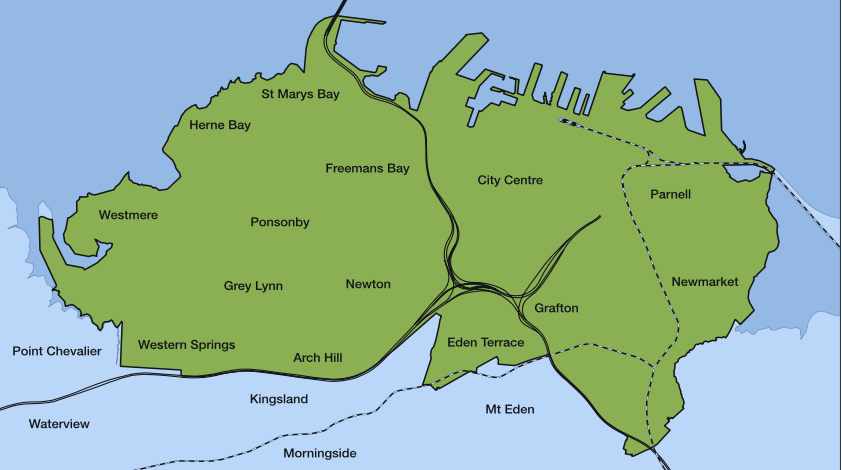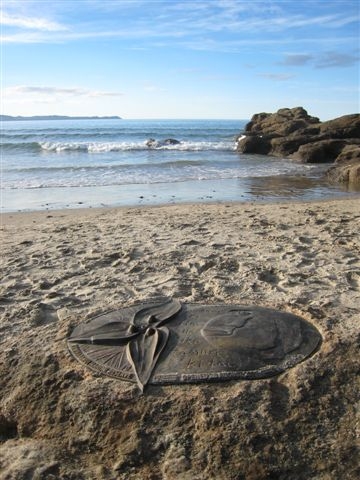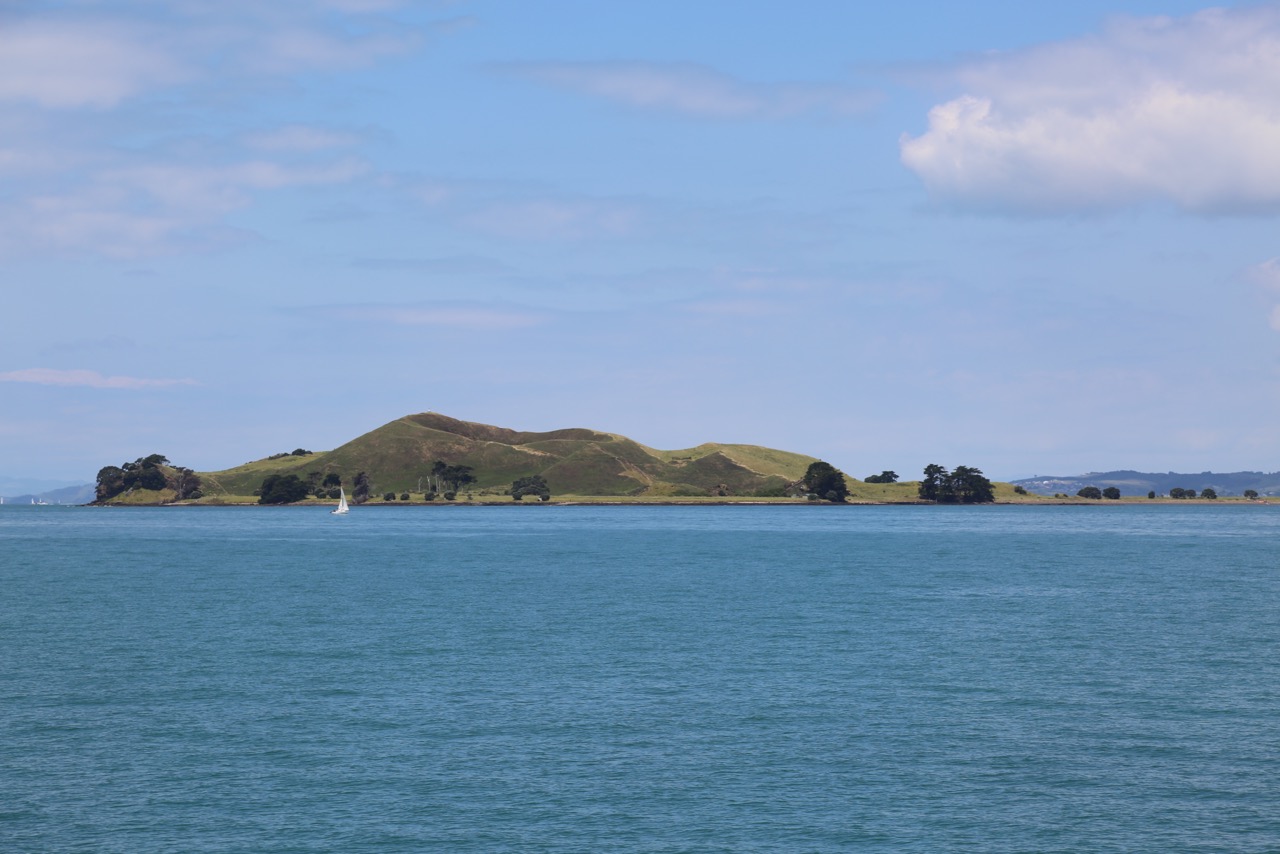Council’s Representation Review – is our local political class putting its own interests before the public’s?
In a recent article entitled ‘An age of discontent growing in New Zealand’, political scientist Bryce Edwards analysed public opinion surveys, revealing an increasing decline in public trust and respect for politicians and the political process.
It brought to mind the council’s current representation review. In the last review in 2018, council, despite widespread opposition, separated the boundaries of the Waitematā & Gulf Ward from that of the Waitematā Local Board. High profile Waitematā & Gulf is always an electoral battleground; the focus of intense political activity – from left and right. Declaration of interest: As an independent I have represented the ward for 4 out of 5 terms, since its establishment in 2010.

Waitematā & Gulf Ward city component (2009-2019) as established by the Local Government Commission – elegantly balanced – almost an island
The official reason for the change in 2018 was council’s concerns that the ward’s growing population was causing an ‘imbalance’ in representation, referring to the Local Electoral Act (2001) requirement that for fairness, populations within council wards must not vary by ± 10%. The conclusion was that this ward had ‘too many people’. As the sole ward councillor I was told I was ‘under representing’. This was nonsense of course, as I pointed out at the time; political decision-making in the ward is also undertaken by three local boards, Aotea-Great Barrier, Waiheke and Waitematā, comprising no less than 17 other politicians! Furthermore, given the roles of CCOs, especially Auckland Transport, key decisions are also made by some 25 non-elected directors, plus 9 members of the Independent Māori Statutory Board.
However, despite a remarkable 88% of public submitters opposing changes to the boundaries, and my own submissions: [https://www.mikelee.co.nz/waitemata-gulf-under-threat-from-auckland-council/]; the Representation Review Joint Working Party, chaired by City Vision’s Richard Northey, recommended radical surgery, carving off Parnell, Newmarket and Grafton. Some 16,000, mainly blue, voters were moved to the Orakei Ward, which was expanded to extend from the Tāmaki Estuary to Symonds Street. Confusingly these same areas stayed within the boundary of the Waitematā Local Board. So much for the statutory requirement to maintain communities of interest. Not surprisingly, Mr Northey’s political colleague, mayor Phil Goff agreed, and the changes were duly rammed through the council’s Governing Body. A few weeks after the 2019 local elections, the 2018 census figures were finally released. Instead of the claimed 119,100 people living in the ward, it turned out there were 92,865. A difference of 26,135. In other words, the deeply unpopular separation of the boundaries was justified on false premises – a population overestimate of 28%!
This had its consequences at the 2019 election; voter participation fell from a respectable 42% to 35%, with the ratio of eligible voters-to-population falling below 50%, (this due to the high numbers of ex-patriate workers and international students in this ward; the ratio across Auckland and the country is between 67-70%).
Council officers now to their credit admit the last review got it wrong, moreover the population in the ward has declined to an estimated 79,800. As part of the current review, officers proposed restoring the original boundaries, with Parnell, Newmarket and Grafton returned to the ward, just the way the Local Government Commission set it up in 2009, bringing the population back to 94,050. Unfortunately, despite 68% of 572 individual submissions supporting the officers’ proposal and only 8% opposing, the working party chaired by Cr Julie Fairey, with Waitematā Local board member Northey still playing a prominent role, recommended that Parnell and Newmarket should remain in Orakei (but still in the Waitematā Local Board area) and that only Grafton be returned to Waitematā & Gulf, bringing the population up by 2,830 to 82,630.
Given what looked suspiciously like a political gerrymander in 2018, I am firmly of the view that politicians with a direct political interest (including myself) should not be involved in making these recommendations, rather the Local Government Commission or an independent panel should undertake this work. Once again, these politicians’ recommendations, over-riding nearly 70% of public submitters, the formal position of the present Waitematā Local Board, and of council staff, are unfortunately likely to be supported by the Governing Body. Sadly, the maritime Waitematā & Gulf Ward, in which for nine years Auckland’s city centre was balanced to the west and to the east by the two oldest suburbs in the country, still has a dysfunctional, non-legible eastern boundary. Once again, it’s a case of public ‘Have your say’ but the politicians having their way. Sadly, coming back to Dr Edward’s article, trust in politicians and the political process is likely to take another hit.
This article was published in the October 2024 issue of Ponsonsby News



